Remain organized and effective with our Rescind restraining Order Forms catalog. Effortlessly track your document progress with DocHub's activity log.

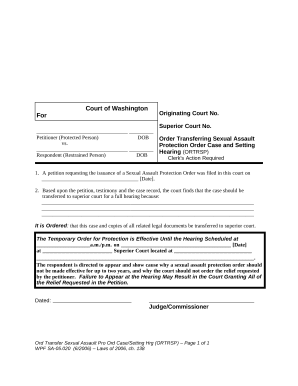
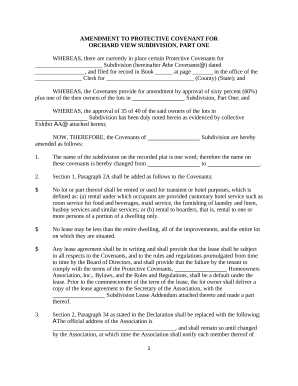
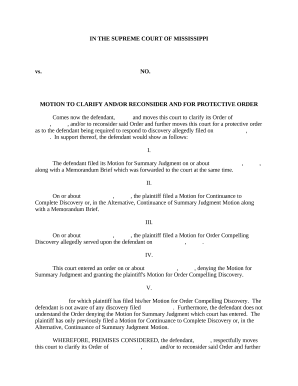
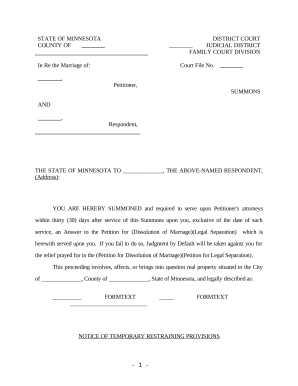
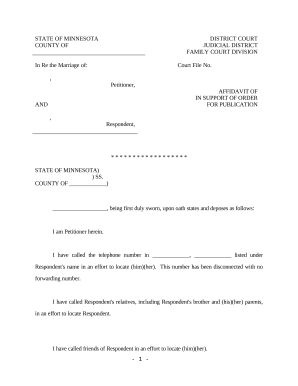


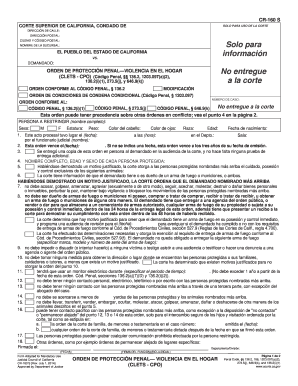


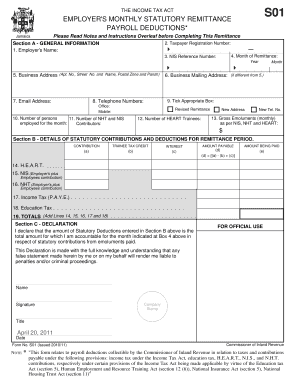

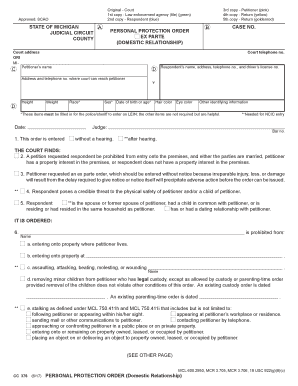

Document managing can overpower you when you can’t locate all of the forms you need. Fortunately, with DocHub's extensive form categories, you can discover everything you need and swiftly handle it without changing between programs. Get our Rescind restraining Order Forms and begin working with them.
Using our Rescind restraining Order Forms using these easy steps:
Try out DocHub and browse our Rescind restraining Order Forms category without trouble. Get your free profile today!